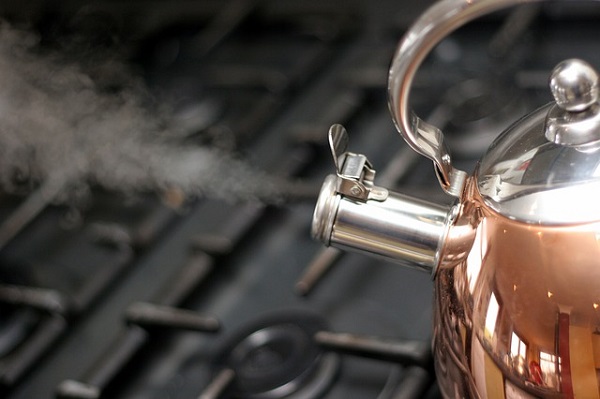
0800 377 7507
Get in touchHow to clean small kitchen appliances
Small kitchen appliances, even if only used a few times in a year, do need to be properly cleaned out following use. No doubt, your food processors, coffee machines and microwaves have had a good work-out over Christmas, Here’s our guide to help you clean small kitchen appliances in your home:
Kettle: If you use an electric kettle and have more harsh water than some, your kettle will need cleaning after a while. You might see white deposits or marks inside. Fill your kettle to the full line with vinegar. Boil, allow to cool. Boil again and pop in few tablespoons of salt. Swish it around, pour the contents out and fill with cool water. Re-boil (might have to do it twice) and the white deposits will have dissolved and it will look like new.
Microwave: Before starting, remove any plates and movable parts from the microwave and wash these separately (see instruction booklet for advice). Then fill a bowl with water and one tablespoon of white vinegar and place in the microwave. Then turn on (high power) for about 5 mins, wipe down the inside of the microwrave with a microfibre cloth. The steam should have loosened any dirt on the inside. Placing a half a lemon and microwaving on low for a minute or two will freshen it up.
Food Processor: If your machine is in need of some cleaning attention, start by soaking any removable parts (blade, bowl) in warm water and dishwashing liquid and use a fresh toothbrush on the nooks and crannies. Some bowls can be washed in the dish-washer, but avoid washing the blades this way. Then rinse well and dry blades before replacing. After each use, fill the processor half way with a mixture of water and washing up liquid and run for a second. Then rinse and wipe dry. This will ensure that you are not left with any crusty residue.
Coffee Machines: Built-in coffee machines and bean-to-cup coffee machines will have specific instructions on how best to clean them including using de-calcifying products. However, traditional filter coffee machines, like the more modern variety if left uncleaned, can harbour a whole host of nasties and be a breeding ground for a zoo of bacteria! Firstly, empty your coffee pot and discard any grounds. Secondly, add vinegar and water and fill the coffee pot with equal measures of vinegar and water (usually 3 cups). Then, fill the water chamber with the solution and turn on the coffee maker and run for a full cycle. Once this is done, into order to rinse, run two only water cycles and your coffee should taste so much better!
MOLLY MAID hopes that these simple solutions to cleaning small kitchen appliances will stand you in good stead for their future outing.
